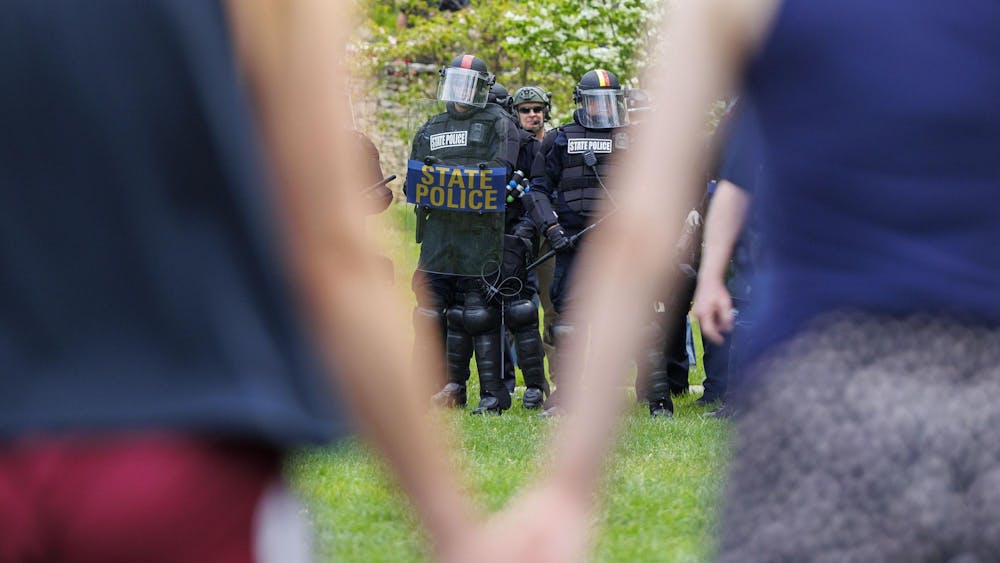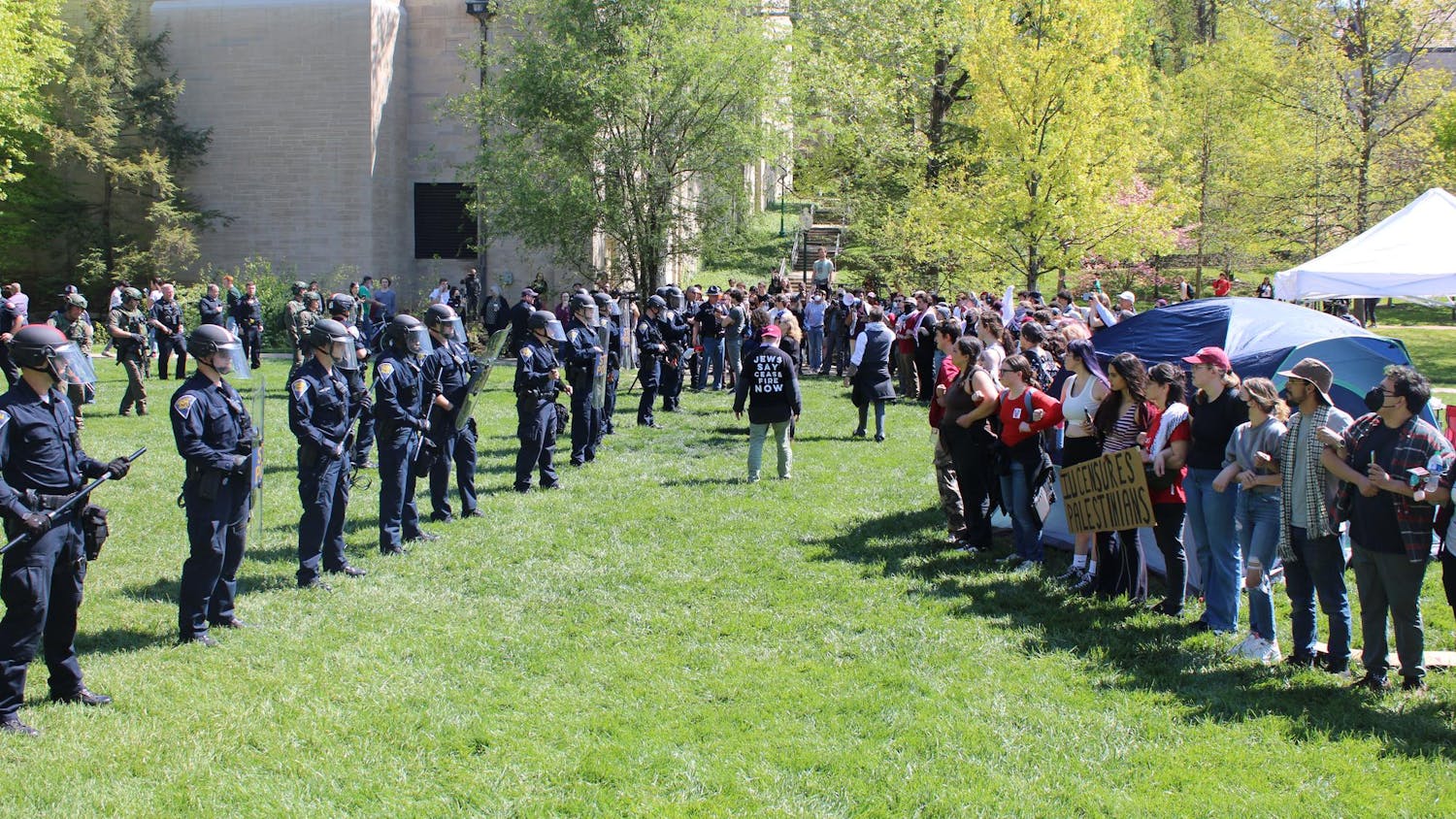Sophomore Julianne Martin, who is half-Cuban, is one of hundreds of students who applied for the Hudson and Holland Scholarship Programs as an incoming freshman, hoping her high academic scores as well as her heritage would help give her a chance to go to IU.\n"It was a big factor in me coming to IU," Martin said.\nBut besides meeting her monetary needs, the program hasn't been much of a help, Martin said. \n"At times, I almost felt out of place," Martin said. \nMany of the programs Hudson-Holland run to retain students never interested her, as they were suited mainly for black students, who make up about 75 percent of the scholars, she said. \nIf she weren't a dedicated student who had wanted to attend IU in the first place, the programs might not have kept her at IU.\nEdwardo Rhodes, vice chancellor for academic support and diversity, said the Hudson and Holland Scholarship Programs, with an annual budget of approximately $2 million, are "fairly modest program(s)." Each year the dual programs afford 150 students, mostly blacks and Hispanics from Indiana, a chance to come to IU.\nThe Hudson and Holland Scholarship Programs, according to their Web site, are designed to award students scholarships based on several academic criteria, and is geared toward students who "demonstrate a commitment to working with underrepresented and disadvantaged populations." \nBut up until 2004, when the faculty voted to change the program's name to Hudson-Holland, it was known as two separate programs, the Minority Achievers Program and Mathematics and Science Scholarships. MAP was a race-exclusive scholarship program designed to financially assist high-achieving African-American, Hispanic and American Indian students.\nThis fundamental change in the program's purpose was in response to two landmark rulings made in June 2003 on affirmative action limits, said Hudson-Holland Director Kevin Brown, though he added that the program's name change was not. \n"There was a change which occurred in our membership," he said. "We did move from being a race-exclusive program to allowing whites and Asian students."\nIU, like many other universities that have been discarding scholarships and programs typically reserved for minority students, is focusing on issues of diversity, not simply race. This includes renaming offices and programs with ethnic imagery and replacing them with other terms, like diversity.\n"Minority is a race-conscience concept, while the concept of diversity is a race-neutral concept," Brown explained. \nRhodes admitted IU hasn't seen much controversy over the programs it offers for underrepresented minority groups. Unlike the University of Michigan, which had to revoke its admissions quota system in 2003, and Southern Illinois University, which was threatened with a lawsuit from the U.S. Justice System this past fall, IU's inclusive system was already strongly in place.\nThe Office of Academic Support and Diversity was created in 1998 and has primarily focused on "underrepresented groups," such as first-generation and high-achieving low-income college students, not "minority" students.\n"There are other universities that had a lot of tightly restricted programs," Rhodes said. "That just simply was not an issue for us. We have a fairly consistent philosophy to outreach to people no matter what their background is."\nEric Love, director of diversity education, said by creating more inclusive programs, IU and other schools are developing more "culturally competent" students. \n"If you want a job or you want a highly sought after position, you must be culturally competent," he said.\nThat doesn't mean IU is a stranger to the issue of race exclusiveness. Statistically, the University draws proportionally fewer minority students. For example, black student enrollment at IU is just 4.4 percent of the total student body, which is half the amount of total African Americans living in Indiana and only one-third of the U.S. Census' national average. \n"Clearly the major, major problem is a lack of minority students at Indiana," Brown said. "There's still a lot of work that has to be done."\nHudson-Holland and other similar programs designed to recruit and retain minority students are a major way Rhodes hopes to combat the low numbers. \nOther programs, like Groups, which focuses on supporting first-generation, low-income and disabled students, and the 21st Century Scholars Program, a government-funded outreach service that mentors low-income Indiana students from middle school onward, are indirectly helping raise the low levels of minority students attending college, Rhodes said.\n"We have a fairly consistent policy to outreach to (underrepresented) people no matter what their background, whether they are rural whites or urban blacks," he said.\nBut Brown cautioned that IU still has a long way to go in strengthening its minority numbers. \n"Indiana University has to overcome its reputation," he said. "There is still a lot of work that has to be done. We need to be much more aggressive in our recruiting of black and Latino kids and black and Latino professors."\nBrown added that the recent controversy surrounding IU President Adam Herbert "sends a bad message to state of Indiana on the state of African Americans on our campus."\n"Just opening doors is not enough anymore," Rhodes said.
Race-exclusive programs reaching out to other students
Get stories like this in your inbox
Subscribe





